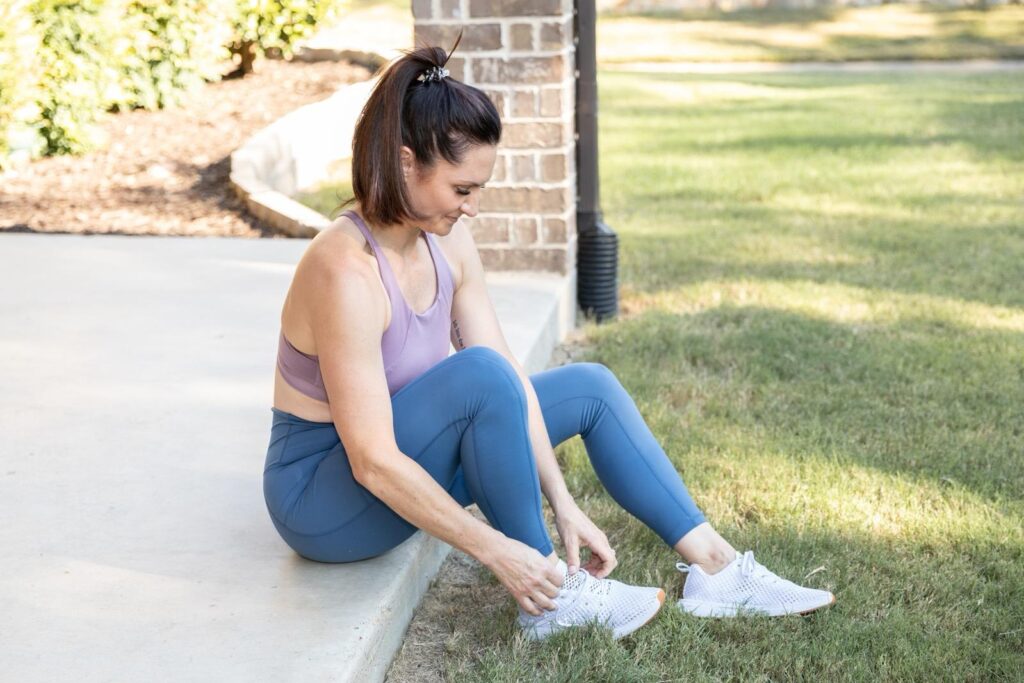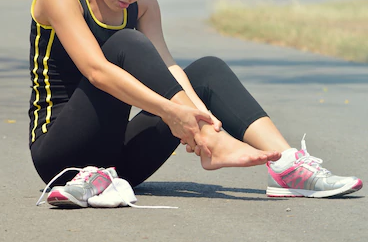Staying Strong and Injury-Free: My Journey to Preventing and Recovering from Fitness-Related Injuries
Hey there, fellow fitness enthusiasts! I’m excited to share my personal journey with you today on how I’ve managed to stay injury-free while pursuing my fitness goals, and the steps I take for a swift recovery when the unexpected happens. In this blog post, I’ll provide you with some valuable tips and guidance on preventing common fitness-related injuries and ensuring a successful rehabilitation process.
Preventing Fitness-Related Injuries
- Proper Warm-up and Cool-down: Never underestimate the importance of warming up your muscles before a workout and cooling down afterward. Spend a few minutes doing dynamic stretches to increase blood flow and flexibility.
- Listen to Your Body: Pay close attention to how your body feels during workouts. If something doesn’t feel right, don’t push through it. Modify exercises, reduce intensity, or take a rest day if needed.
- Gradual Progression: Avoid rapid increases in workout intensity or volume. Gradually build up your strength and endurance over time to give your body a chance to adapt.
- Technique Matters: Proper form is key to injury prevention. Seek guidance from a qualified trainer to ensure you’re performing exercises correctly. Visit here to find out about online fitness training: https://obfwitherica.com/my-services/
- Cross-Train: Incorporate a variety of exercises into your routine to avoid overuse injuries. Cross-training can help you work different muscle groups and reduce the risk of repetitive strain.
Dealing with Common Fitness Injuries
- Sprains and Strains: If you experience a muscle or ligament injury, remember the RICE method – Rest, Ice, Compression, and Elevation. Give your body time to heal, and consider seeing a physical therapist for tailored exercises and guidance.
- Shin Splints: Shin splints can be painful. Rest and ice the affected area, and choose low-impact activities like swimming or cycling while your shins recover. Wearing proper footwear is essential to prevent shin splints.
- Runner’s Knee: Strengthening the muscles around the knee can help alleviate runner’s knee. Exercises such as leg lifts and wall sits can be beneficial. Also, ensure your running shoes provide adequate support.
- Lower Back Pain: If you experience lower back pain, consult a professional for proper diagnosis and a tailored exercise program. Core-strengthening exercises can often help alleviate pain.
The Road to Recovery and Rehabilitation
- Seek Professional Help: If you’re injured, don’t hesitate to consult a healthcare professional, such as a physical therapist or sports medicine specialist. They can diagnose your injury and create a customized recovery plan.
- Follow the Plan: Adhere to your rehabilitation plan diligently. This may include exercises, stretches, and modifications to your fitness routine.
- Stay Positive: Injuries can be frustrating, but maintaining a positive attitude is crucial for a successful recovery. Focus on what you can do and celebrate small victories along the way.
- Nutrition and Hydration: Proper nutrition plays a vital role in healing. Ensure you’re getting the right nutrients and staying hydrated to support your body’s recovery efforts.
- Patience is Key: Recovery takes time. Don’t rush the process or return to intense workouts too soon. Your body needs sufficient time to heal and rebuild.

Remember, preventing injuries and recovering from them is all part of the fitness journey. By taking these precautions and following a structured rehabilitation plan when necessary, you can stay on track with your fitness goals and enjoy a healthy, active lifestyle. Always listen to your body, prioritize safety, and keep the passion for fitness alive
Stay radiant, strong and self-cared!
Erica Lynne



